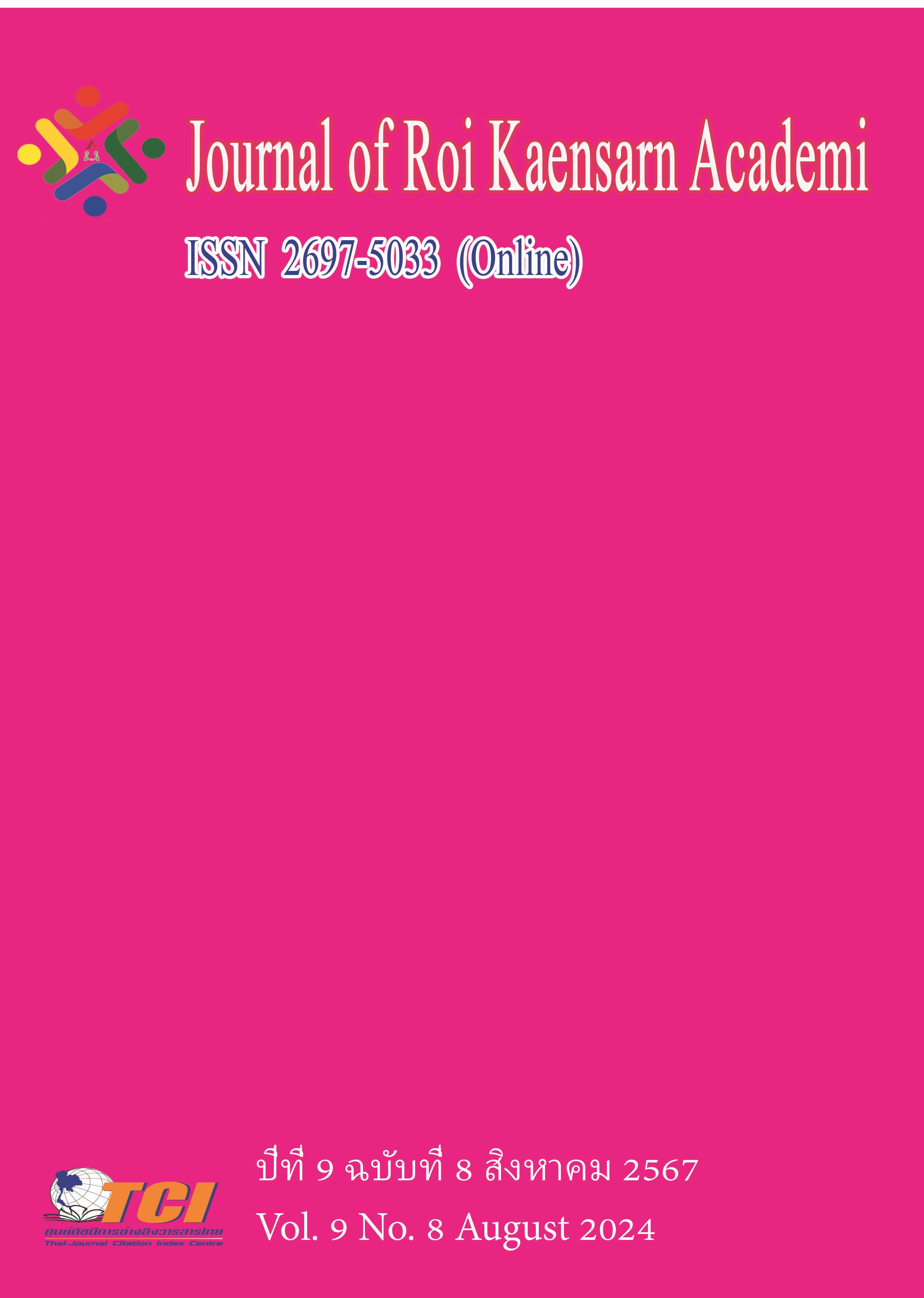A study on the Cultivation of Musical Mind's Ear in Sight-Singing and Ear-Training Teaching
Main Article Content
บทคัดย่อ
The objectives of this research were to mainly in exploring how to cultivate and develop students' mind's ear in sight-singing and ear-training classroom teaching, in order to improve their music perception and comprehension.
The research method is qualitative methods by Literature method and Observation method Qualitative research is the analysis and research of mainly in exploring how to cultivate and develop students' mind's ear in sight-singing and ear-training classroom teaching, in order to improve their music perception and comprehension.
The research results found that: 1) the concept of the mind's ear involves perceiving and understanding music through mental imagery rather than actual sound input. It is based on the reproduction of musical memories in the brain, allowing individuals to "hear" music clearly in their minds. This form of listening experience is crucial for musicians and composers, as exemplified by Beethoven who composed his Ninth Symphony despite being deaf, showcasing the power of a well-developed mind's ear rooted in musical training and memory re-creation, 2) The cultivation of the mind's ear is essential in music learning and performance, enhancing the understanding of musical works, sensitivity, and expressiveness,3) The relationship between sight-singing, ear training, and the mind's ear is interdependent and crucial in music learning. Sight-singing and ear training enhance musical perception by focusing on accurate scale and rhythm reproduction, aiding in a precise understanding of music elements, 4) Cultivating the mind's ear approach and method in sight-singing and ear-training instruction, the importance of developing the mind's ear in sight-singing and ear-training using methods such as silent singing, recite singing, writing from memory, filling and continuing exercises, and combining memory with creativity.
Article Details
เอกสารอ้างอิง
Honing, H. (2018). The Origins of Musicality. Cambridge. Massachusetts Publishing
Jeong-Hee, K & Aaron, Z. (2017) Bildung, Bildungsroman, and the Cultivation of Teacher Dispositions, The Teacher Educator.
Nico, S. (2020). modern approaches to teaching sight singing and ear training. Factauniversitatis, series: visual arts and music. 6 (2), 12-20
Ostrovsky, A. L., & Sun, J. (1957). Essays on basic music theory and teaching methods of sight-singing and ear training. In Jingyun (Ed.),
Jiang Li. (2001). Cultivation and training of "mind's ear" in sight-singing and ear training. Journal of Xinghua Conservatory of Music. (3), 48-49.
Miu, T. (2000). The role of musical mind's ear in composition and performance and training issues. Symphony: Journal of Xi'an Conservatory of Music, 19 (2), 5-8.
Wang, G. (1997). A collection of essays on teaching methods of sight-singing and ear- training. Taibai Literary Publishing House.

